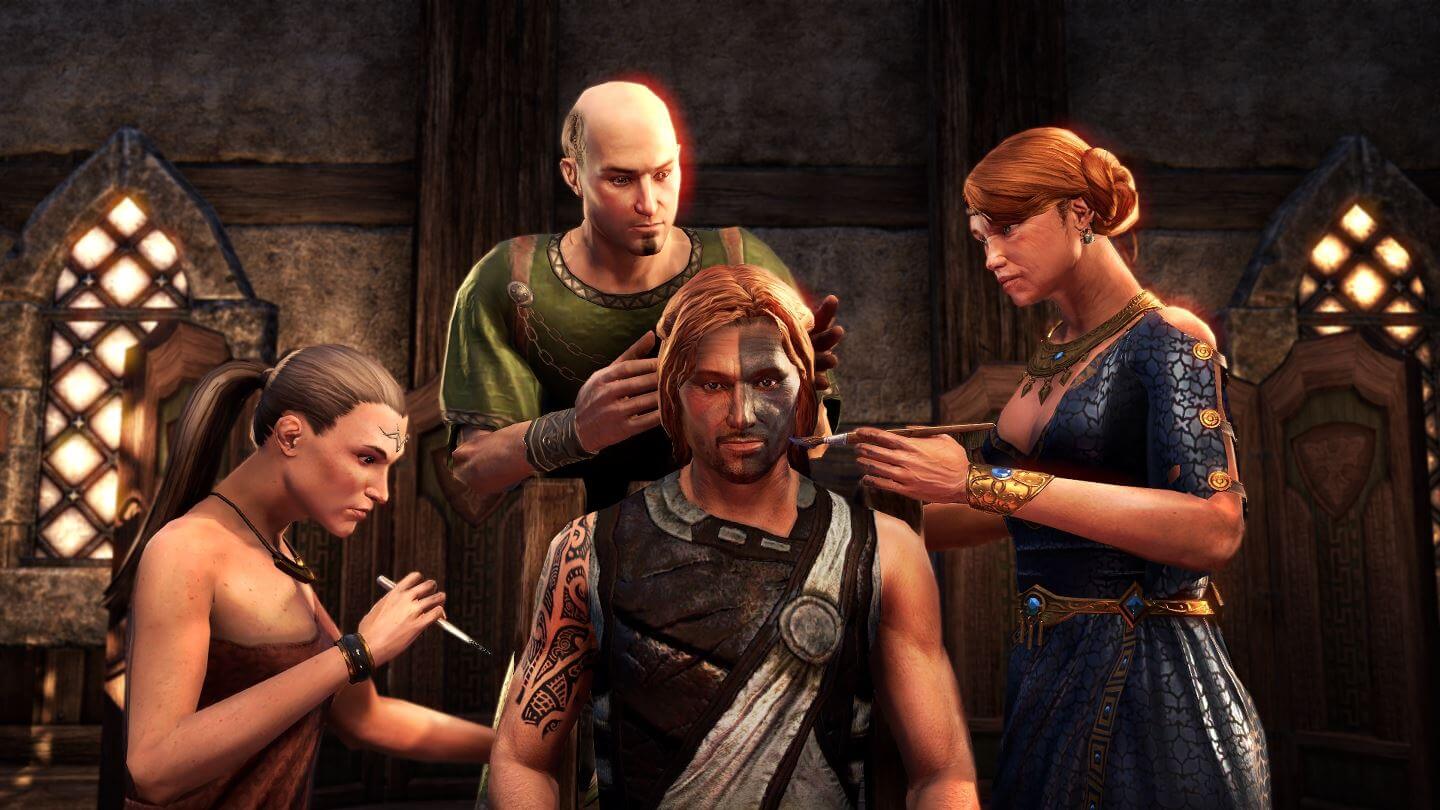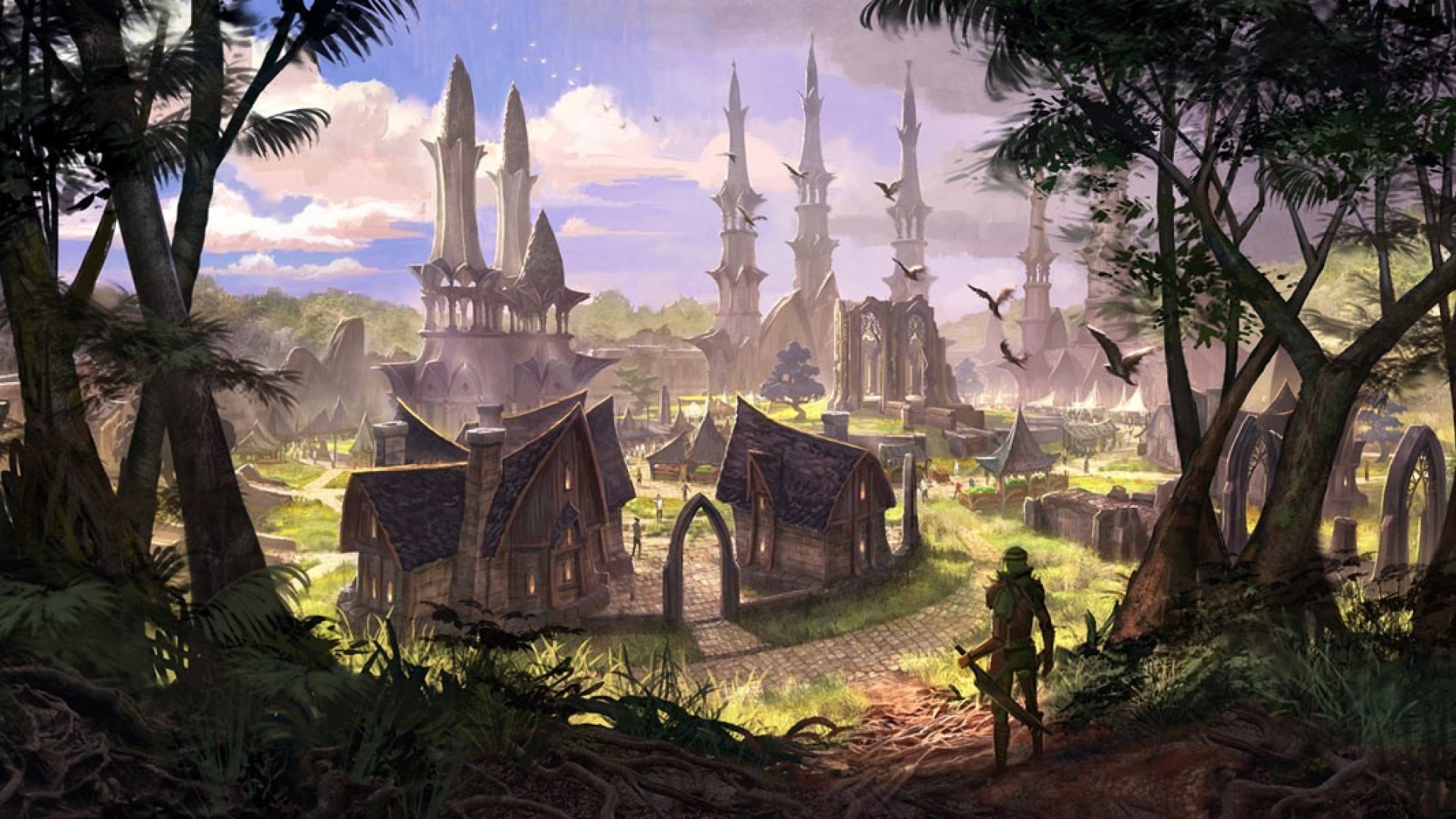

The cookie is used to store the user consent for the cookies in the category "Other. This cookie is set by GDPR Cookie Consent plugin. The cookies is used to store the user consent for the cookies in the category "Necessary". The cookie is set by GDPR cookie consent to record the user consent for the cookies in the category "Functional". The cookie is used to store the user consent for the cookies in the category "Analytics".

These cookies ensure basic functionalities and security features of the website, anonymously. Necessary cookies are absolutely essential for the website to function properly. They can’t just reshape the world each year, can they? Zenimax established that ESO is canon though it is not made by Bethesda, which is a problem if the rumors that The Elder Scrolls 6 is set in Hammerfell and High Rock to turn out right. In Skyrim, we only had vague mentions of Elsweyr from Khajits, which covered the area with a blanket of mystery, that made us even more curious and immersed. Places like Blackmarsh, Elsweyr, and the Summerset Isles were once covered in mystery, and now players caught a significant glimpse of them. It’s not big enough to affect most players- but those that do can get disenfranchised with the entire series, given enough time.Technology and Magic haven’t changed too much in a thousand years, so Bethesda will undoubtedly face a serious challenge trying to keep the experience fresh.īefore ESO, the 200 year gap between Oblivion and Skyrim was the longest time gap.ĭuring those two centuries, the Empire was brought to its knees, and the Third Aldmeri Dominion gained influence and power.ĮSO lets players explore many parts of the provinces across all of Tamriel, which is a severe challenge to Bethesda. Whatever Bethesda do, they should not ignore the issue. Alternately, Bethesda could implement a backup, where every major or essential quest or item in the world reverts to a dungeon or hidden location in the world that the player must find if the character who was supposed to give it to them otherwise dies prematurely- this would still be frustrating, but at least affected players would have a backup, and it would be in line with the series’ penchant for openness and exploration. Some ways to implement this might be making certain characters unkillable, as an example, until certain checks are passed (for instance, until the character has given the player the quest or item that they are supposed to). This is one thing that Bethesda need to address in The Elder Scrolls 6– how do they offer the kind of openness that they are known for, while also not potentially stranding players in the game with no ways to progress? This mix of openness and permanence is what makes these games so compelling.īut on the other hand, as the example above demonstrates, there is clearly a downside to this, as even ‘essential’ characters, needed to progress the story, can sometimes die, leaving the player with no way to progress, or get certain quests done. Nothing is off limits in an Elder Scrolls game, no character that you can’t kill, no place that you can’t go to. This highlights an issue in Bethesda’s games- see, the big reason that they are as popular as they are is that they allow you to do anything, at any time, anywhere in the game, and what you do sticks. My friend couldn’t get that last Daedric artifact, couldn’t Platinum the game, got discouraged at this, since this was no fault of theirs, and gave up on the game. However, it then turned out that an essential NPC, who gives the player character a quest for a Daedric artifact, was dead- that NPC had been killed by a vampire at some point over the game, and owing to the state of permanence in Bethesda RPGs, they stayed dead. They had played for almost 50 hours, and were on their way to Platinuming the game, with every intent to invest hundreds of hours into the game beyond that.


A friend of mine recently got the Skyrim remaster, and they really got into it.


 0 kommentar(er)
0 kommentar(er)
